Procurement Trends 2023
Tips & Tricks • 4 min read • Jun 14, 2023 10:57:29 AM • Written by: Natasha Osborne
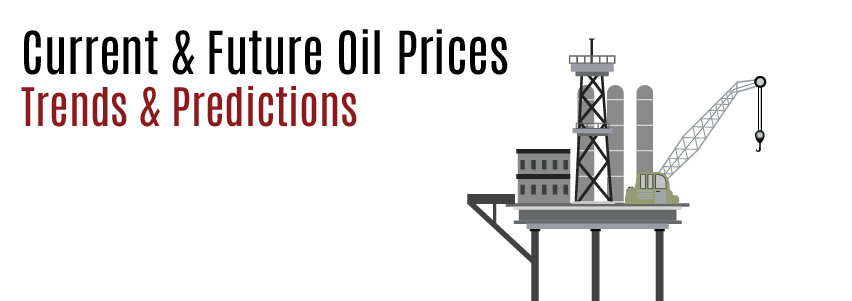
Last year we posted a blog to review the procurement trends of 2022, now that we’re halfway through 2023, it’s a great time to reflect on this year’s trends.
Sustainability
Sustainability has remained a core focus of everyone’s attention for the future of the planet and it is important for the procurement industry to do the same. It is not enough to simply be aware of the impact our actions have but what truly matters is to actively make positive changes to improve on the emissions you’re responsible for. This can be achieved through prioritising working with suppliers who follow strong sustainable practices and are focused on reducing their environmental impact during the procurement process.
This may also include using eco-friendly alternative materials, using local sources to reduce the distance goods travel. Sustainability can also improve your reputation as consumers and investors are increasingly choosing to show their support to companies who are standing out for the right reasons. Simply saying you will do better is not enough, only actions will get people to see your true intentions. You can learn about our journey to becoming net-zero here.
Investing in sustainable procurement can help companies save money, improve on carbon emissions, and impress their target audience, building an impressive reputation, which in turn sets them up for long-term success.
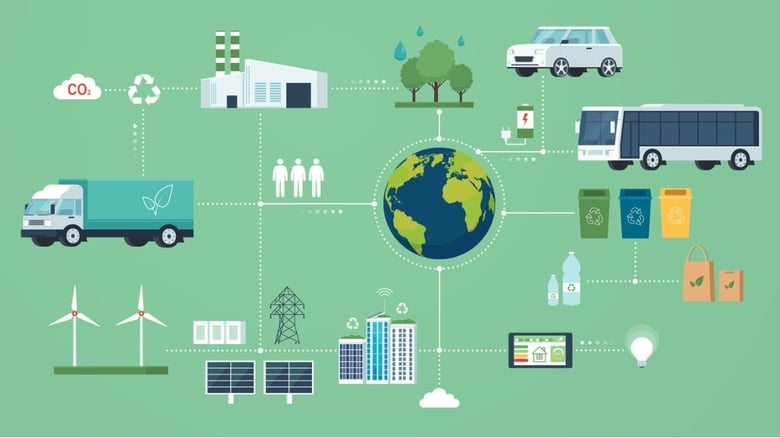
Digitalisation of Procurement- AI
It is not surprising that technology is continuing to enhance business operations. The automation of menial manual tasks in the supply chain enhances the procurement stages, reducing both time and risk.
AI uses machine learning technology; it understands how to make decisions without guidance from a human. It can be used for automated supply chain tracking; this reduces errors and keeps the process streamlined. Companies invest in these technologies if they want to transition into a digital procurement system and as this is becoming increasingly more popular, it is best to not be left behind.
Some benefits of digital procurement include, better sourcing, improved forecasting, increased efficiency, lower staffing costs, lower overall costs, and a faster procurement system. With a system in place to gain better understanding of supply and demand, this improves organisation to implement a well thought plan to use your resources more efficiently. Automating your transactions reduces manual touchpoints, limits paperwork which speeds the process. It also increases your transparency, so you can highlight where you are saving, or not utilising your resources. With real time analytics, your customers can see the status of their order and follow updates that may delay the delivery date. Keeping your customers updated allows them to be understanding in negative circumstances.

Building Strong Relationships
Developing strong and trusted relationships with suppliers has become more important than ever. The pandemic showed the importance of valued relationships, when suppliers are running low on resources, they’re more likely to show preferential treatment to deliver to companies who they have a stronger relationship with.
Having committed and consistent relationships with suppliers is also more likely to present you with an opportunity for cost-saving packages and innovations in service offerings. It also benefits both the supplier and the company when they work together closely, showing commitment to one another and investing in both business’s success.
Partnerships are another way to form successful relationships with vendors. While this can’t be every supplier you work with, forming a partnership with vendors that present the best opportunity for your business could have the following advantages: early access to services/goods, lower total cost in ownership and a reduced risk of events emerging.
Re-use, Reduce, Recycle
A circular supply chain as opposed to the previous linear one is becoming a more popular choice for businesses to consider. Inline with the goals of moving towards a more sustainable future, by reusing materials, it will benefit both the environment and save businesses money. With governments introducing tighter regulations for recycling and waste disposal, this is encouraging companies to consider a ‘circular supply chain’.
There is an increase demand/expectation from consumers to be able to exchange old products for new ones or use refills, due to difficulty in recycling the packaging. It is beneficial to adapt to this method as it keeps your products at the highest utility and value.
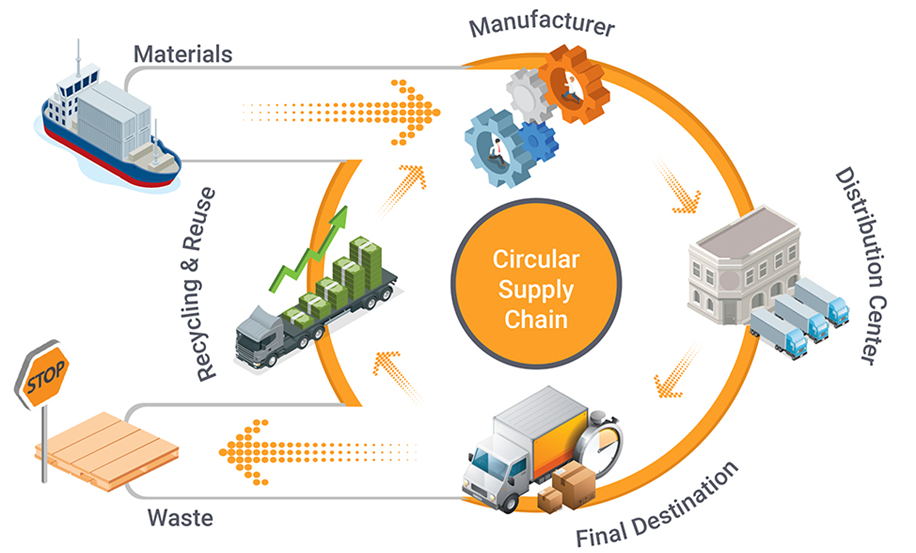
Supply and Demand
In 2022 demand massively outweighed supply. However, it is highly likely that this could be reversed as we continue to fall into a global recession. With people spending less, reusing products, and considering their environmental impact, it is possible consumers will reduce their spending.
We can also consider when the demand is outweighed by supply. Disruption to the supply chain can be a result of back orders. When an order is placed and the supplier faces issues providing the products, this pushes back the delivery date. Should more orders be accepted, this increases the back log and further increases delays.
It will be interesting to see how the trends continue throughout the rest of the year. Procurement leaders should be aware to stay ahead of the competition if they want to remain at the top of the industry.
Thank you for reading this week’s blog!
We’d love to hear what your thoughts are. Leave a comment below and if you enjoyed it, then why not share it to other people who may also enjoy it! If there’s any topics you’d be interested in reading about, pop it down in the comment section.
Reach the World. Giving Made Easy with Impact.
Related Articles
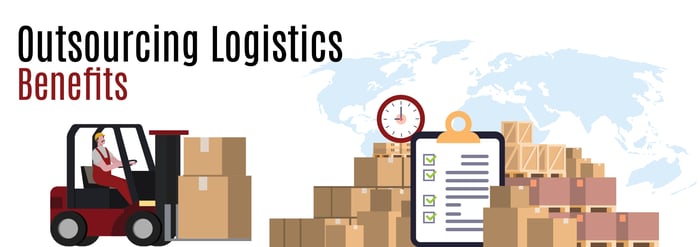
Tips & Tricks
Outsourcing Logistics Benefits
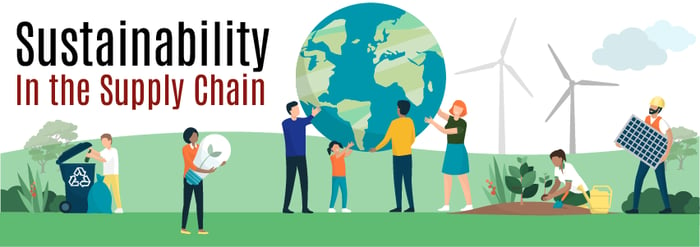
Tips & Tricks
Sustainability in the supply chain
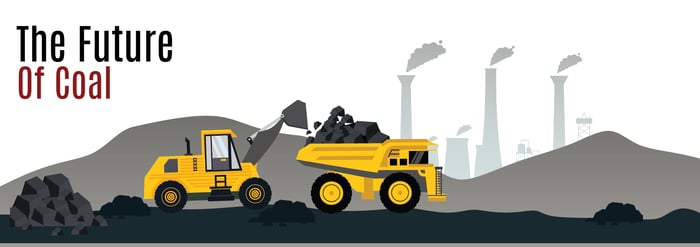
Business News
Electric Vehichles- The Impact on Mining
Don't Miss Out On A Thing
Sign up and Join Our Newsletter Today